Try our new free GreenChoice - Food Scanner mobile app!
DOWNLOAD-
-
-
Diets
Allergies
Take our 30-second quiz & we’ll filter our site to show only products that match your dietary preferences.
- GCNow
- Best Food To Stockpile for a Pandemic: 12 Nutritious Family-Friendly Foods
Best Food To Stockpile for a Pandemic: 12 Nutritious Family-Friendly Foods
Author: Makayla Meixner, MS, RDNPublished: March 14, 2020

As concerns around the COVID-19 pandemic grow, a record number of schools are closing across the United States.
During this unprecedented situation, you may wonder how to best stock your kitchen with nutritious foods for your kids to eat for an extended stay at home.
To prepare for a pandemic, the Department of Homeland Security recommends stocking up on a two week supply of food and water (1).
Importantly, you don’t have to sacrifice your family’s health when building your emergency stash. In fact, certain shelf-stable foods are highly nutritious and affordable.
Here at GreenChoice, we have analyzed and scored over 100,000 food and beverage products for nutrient density, processing, food safety, and sustainability.
For this list, we’ve focused on nutrient density to provide a list of 12 kid-friendly foods to stockpile for a pandemic, like the Coronavirus.
1-2. Canned goods
Canned goods are typically inexpensive and have long shelf-lives, making them ideal foods for an emergency stash.
If you don’t have one already, be sure to purchase a can opener.
1. Canned fruit
Fruits are rich in essential nutrients, including vitamins and minerals. They are also high in fiber and antioxidants — compounds that may help ward off cell-damaging effects of unstable molecules called free radicals (2).
Canned fruit is a tasty, shelf-stable alternative to fresh produce. Some products may contain significant amounts of added sugars, which provide calories but offer no nutritional value.
For this reason, the Dietary Guidelines for Americans recommends choosing unsweetened and no-sugar-added varieties. Therefore, look for canned fruit packed in 100% juice or water versus fruit packed in syrups (3).
Our favorite canned fruits
2. Canned soups
A hearty canned soup is an easy and comforting option for kids and adults alike. Generally, the most nutritious soups are broth-based versus cream-based and contain plenty of vegetables, whole grains, or legumes.
Keep in mind, canned soups are often laden with sodium. As diets high in sodium may contribute to high blood pressure and heart disease, health authorities recommend limiting daily intake to less than 2,300mg sodium per day (4, 5).
Choosing low-sodium varieties of canned soup can help you and your family stay within sodium recommendations.
Our favorite canned soups
3-5. Whole grains
The Dietary Guidelines for Americans suggests filling a quarter of your plate with grains, especially whole grains. Whole grains deliver fiber, vitamins, minerals, and protein. Additionally, several studies have suggested diets rich in whole grains may help promote heart health (6, 7).
Of note, it’s important to be mindful of added sugars when shopping for whole grains. In a recent report, GreenChoice analyzed over 55,000 products and found that 71% of foods marketed as whole grain, multi-grain, or ancient grain contain added sugar.
3. Oatmeal
Oats are a highly nutritious whole-grain food. They are especially high in iron — a mineral that plays an important role in oxygen delivery to all cells of the body (8).
As flavored oatmeal packets may contain high amounts of added sugars, opt for plain or minimally sweetened oats. For a well-balanced breakfast, try preparing oatmeal with milk or a milk alternative (shelf-stable options are available) and topping with nuts and dried fruit.
Our favorite oatmeals
4. Pasta
Pasta is a family favorite. Though many children prefer the taste of refined (white) pasta, whole-grain varieties are typically higher in fiber. Among several other benefits, fiber helps keep you fuller longer and promotes a healthy digestive tract (9, 10).
For pickier eaters, try mixing half whole grain pasta with half refined pasta to help incorporate more fiber.
Our favorite pastas
5. Popcorn
Plain popcorn is a healthy whole-grain snack. Due to butter and added oils, some varieties may contain high amounts of saturated fat — a type of fat associated with poor heart health in numerous studies (11).
Though many microwave varieties are butter-flavored, there are several plain options on the market today. Also, you can easily make it on the stovetop using a pot with a lid, kernels, and a small amount of oil. Alternatively, you can use an air popper.
Our favorite popcorns
6-8. Shelf-stable snacks
6. Trail mix
The nuts in trail mix are rich in healthy, unsaturated fats and protein. Depending on the type, nuts also contain varying amounts of vitamin E and selenium — two essential nutrients involved in immune system function (12, 13).
For a sweet and nutrient-dense snack, shoot for mixes containing dried fruit versus candies.
Our favorite trail mixes
7. Snack bars
Granola and other snack bars are a go-to nutritious option for a quick, kid-friendly snack.
Again, be mindful of added sugars in grain products such as granola bars. In a recent analysis, GreenChoice found close to 80% of nutrition bars contain added sugars.
On the ingredients list, added sugars in granola bars are most commonly listed as sugar, cane sugar, brown rice syrup, and honey. Instead, choose bars sweetened with fruit — such as bars made with dates — versus those sweetened with high amounts of added sugars (14).
Our favorite snack bars
8. Peanut butter
Peanut butter is a nutritious, filling spread packed with protein and healthy fats. Try peanut butter and jelly sandwiches on 100% whole wheat bread for lunch or spreading peanut butter on whole grain crackers for a tasty snack.
When shopping for peanut butter, a simple ingredient of only peanuts is best. Avoid peanuts with added sugars and vegetable oils — especially palm oil.
Not only does palm oil contribute a significant amount of saturated fat, but the pervasive production practices associated with this oil raise several ethical concerns around deforestation, sustainability, and human rights (15, 16).
Our favorite peanut butters
9-11. Frozen foods
Fortunately, food remains safe to eat indefinitely when frozen. If you have freezer space, consider stocking up on your family’s favorites (17).
9. Meat, fish, and poultry
Fresh meat, fish, and poultry are excellent sources of protein. However, they spoil quickly, often only lasting 1-2 days under refrigeration (18).
For safety and quality, freeze fresh items as soon as possible (and never after their expiration dates).
Our favorite meats and seafood
10. Frozen vegetables
Vegetables are an important component in any diet, as they are loaded with potassium, folate, vitamins A and C, fiber, antioxidants, and a number of other nutrients. Diets high in vegetables are associated with reduced risk of several chronic diseases, including heart disease, diabetes, and certain cancer (19).
Studies suggest that frozen vegetables are likely just as nutritious as fresh. Aim for products without added sauces, as these are often high in sodium and saturated fat (20).
Our favorite frozen vegetables
11. Yogurt popsicles
When frozen, yogurt lasts indefinitely and serves as a tasty treat for children. It’s also rich in calcium — an essential nutrient for bone health (21).
There are many store-bought yogurt popsicles on the market. For these, pay attention to added sugar content. Though plain yogurt naturally contains some sugar due to lactose, manufacturers may add large amounts of sweeteners to yogurt popsicles.
Alternatively, you can easily make your own nutritious yogurt popsicles as a fun family activity. The ingredients are simple — plain yogurt, fruit, and a small amount of sweetener such as maple syrup or honey.
Our favorite popsicles
12. Electrolyte beverages
Stockpiling a two-week supply of bottled water may not be necessary if you have a guaranteed source of drinkable tap water. However, you may want to consider storing a supply of electrolyte beverages.
Though it is currently unclear how COVID-19 may affect children, symptoms such as fever, diarrhea, and vomiting can lead to dehydration if adequate fluids and electrolytes aren’t consumed.
Some examples of electrolyte beverages to stock up on include powdered electrolyte mixes, sports drinks, and oral rehydration solutions. Homemade sports drinks are easy to make using water, coconut water, fruit juice, and a little table salt.
Of note, oral rehydration solutions such as Pedialyte are formulated with specific proportions of water, sugar, and electrolytes that are easy for children to digest during illness — particularly diarrhea (22).
If your child is experiencing diarrhea, avoid sugary electrolyte beverages such as sports drinks and juice, as these often worsen symptoms. However, older children and teens may tolerate sports drink when diluted with water in a 1:1 ratio (22).
Our favorite electrolyte waters
The bottom line
To prepare for a pandemic, it’s possible to stock a two-week supply of food that is both nutritious and kid-friendly.
When shopping, key nutrients to consider are protein, fiber, vitamins, and minerals. Aim for foods that are lower in added sugar, sodium, and saturated fat.
Keep in mind, this list is not all-encompassing, nor does it consider the level of food processing, food safety, or environmental impact.
To help you find specific products that meet your family’s dietary needs and preferences across all of these dimensions, download the free GreenChoice app. We evaluate and rate products across hundreds of attributes related to diet, health, and sustainability so you can easily find the products that best align with your family’s values.
***
GreenChoice, PBC has evaluated and rated more than 340,000 food & beverage products across hundreds of attributes related to diet, health, and sustainability. Easily find the best products for you, the planet, & your budget. Download the free GreenChoice app for Apple iOS or Android!


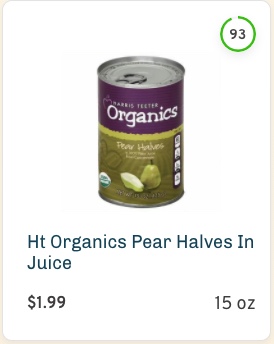
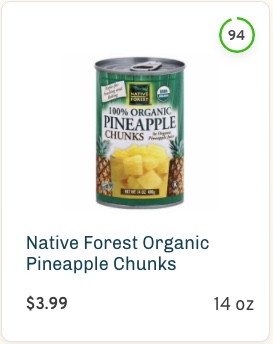
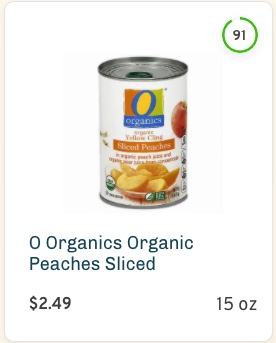
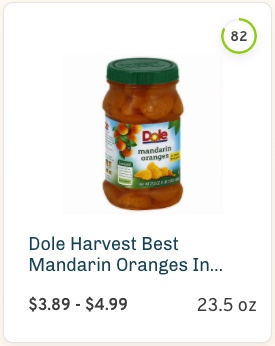
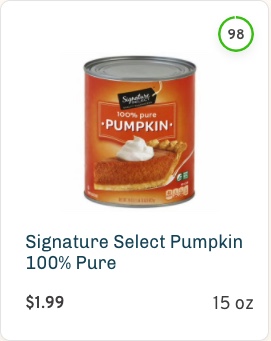
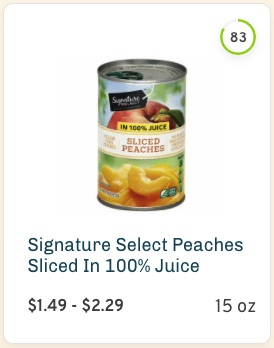
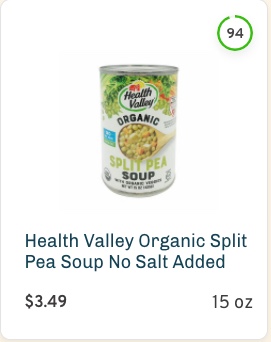
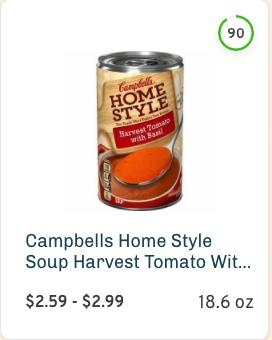
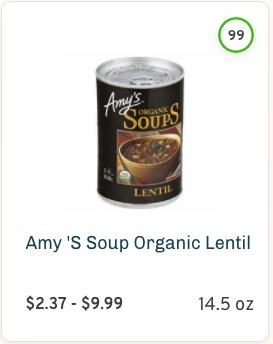
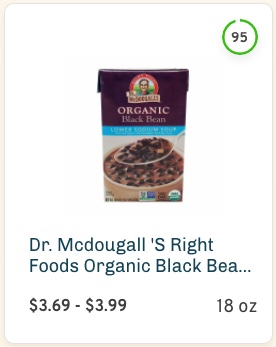
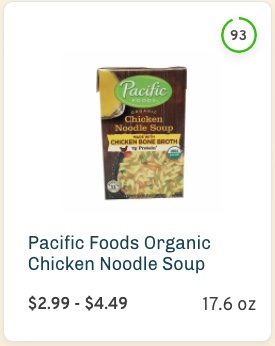
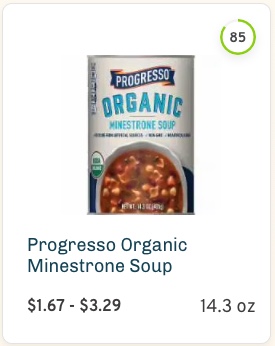
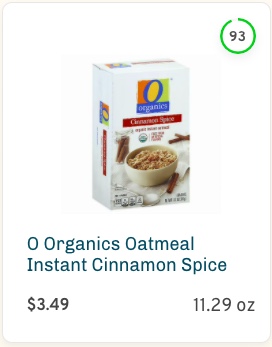
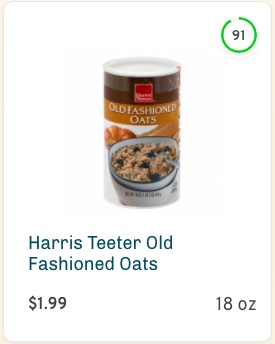
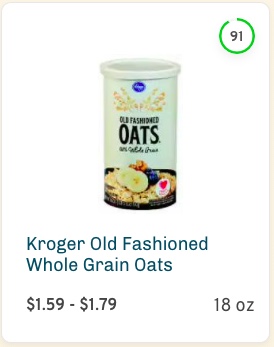
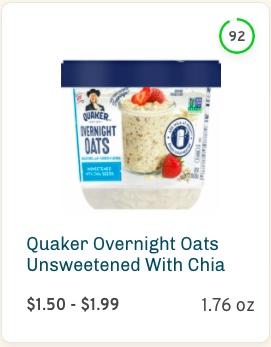
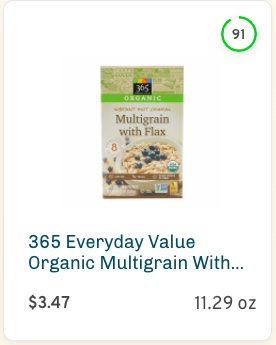
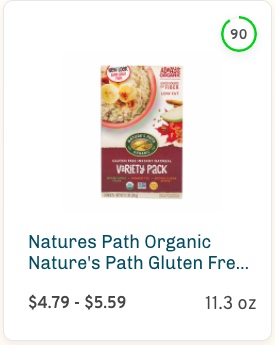
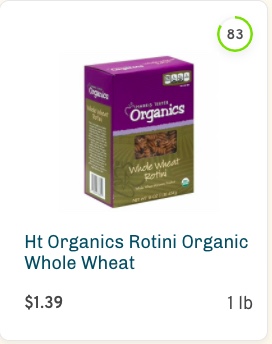
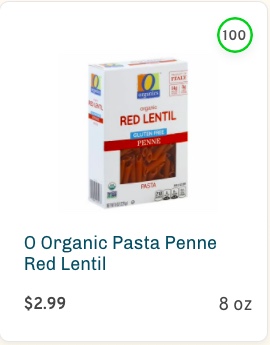
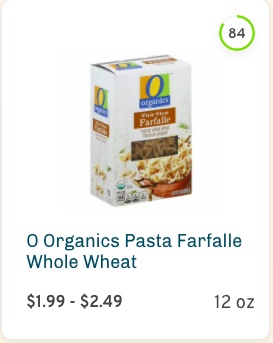
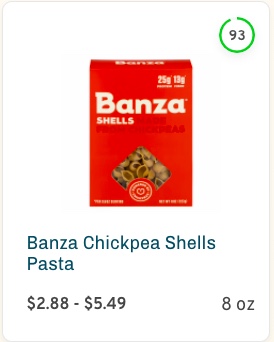
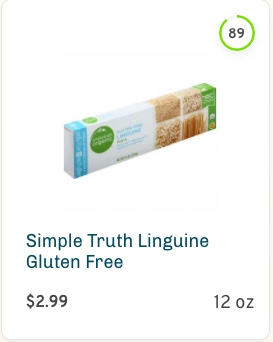
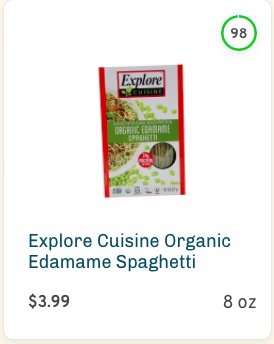
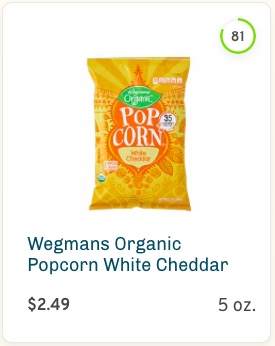
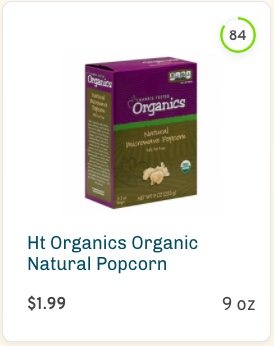
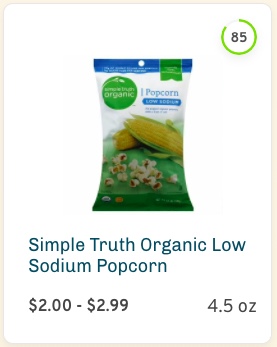
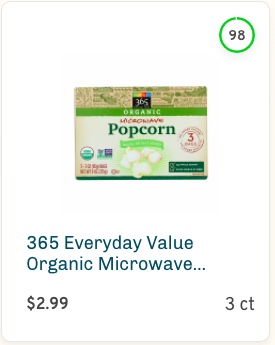
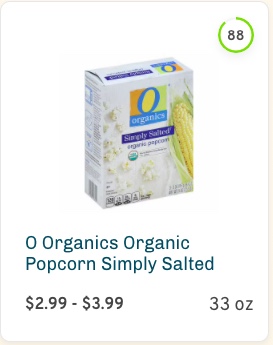
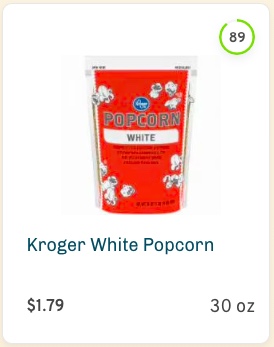
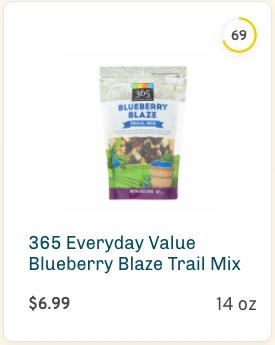
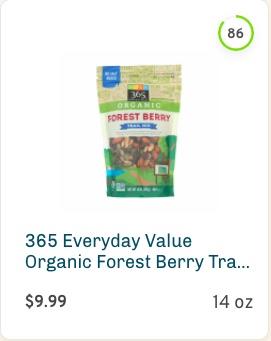
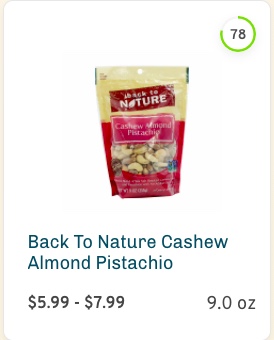
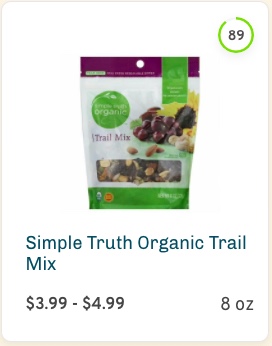
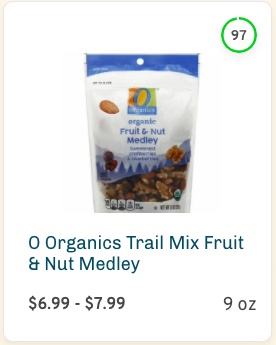
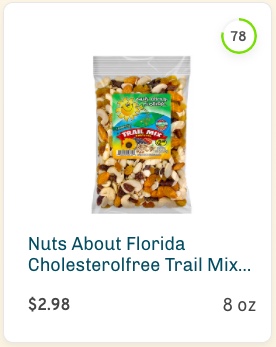
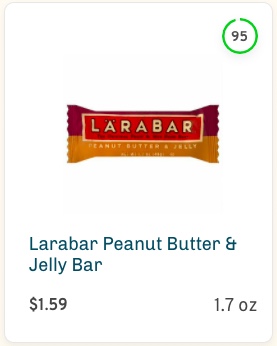
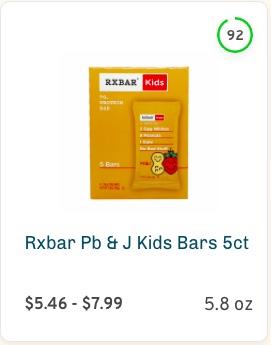
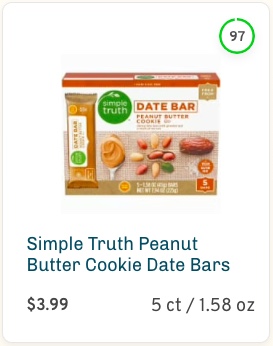
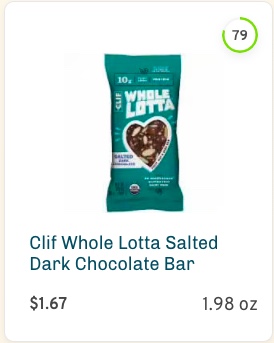
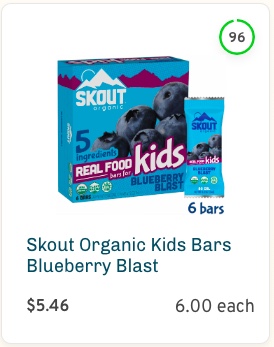
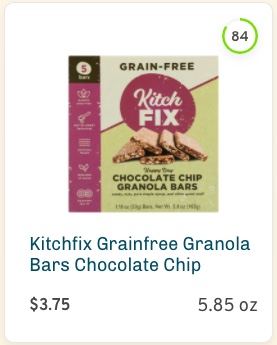
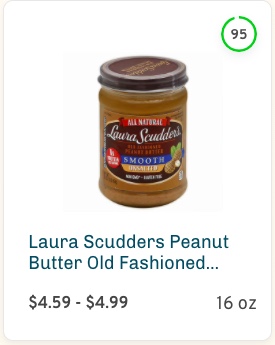
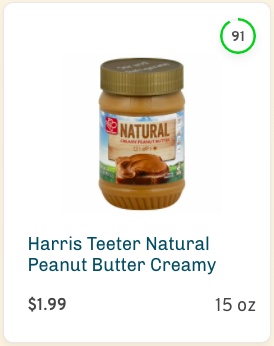
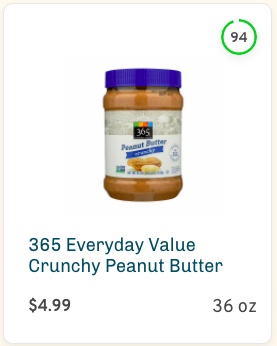
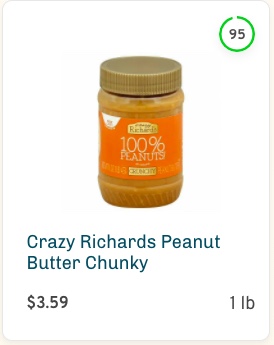
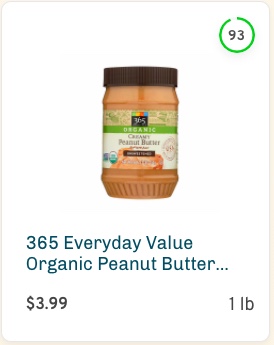
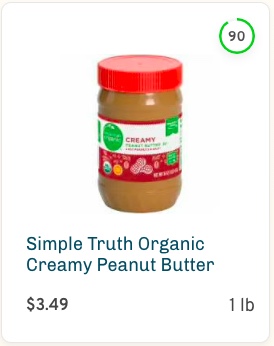
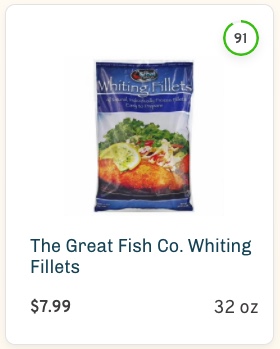
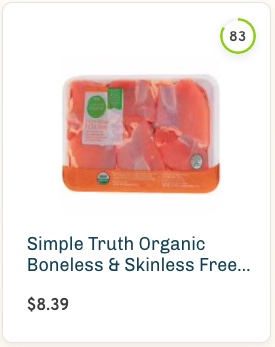
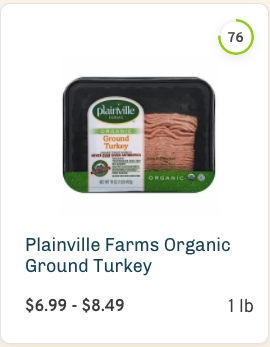
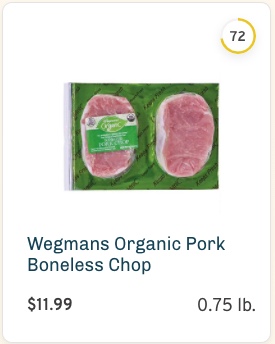
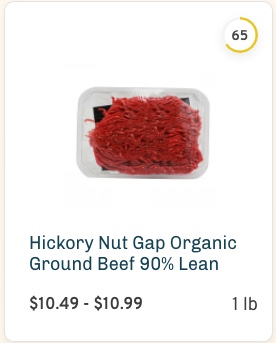
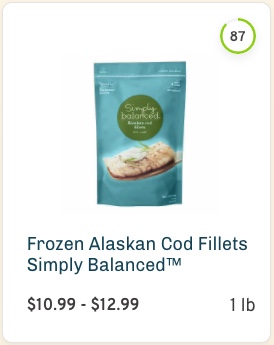
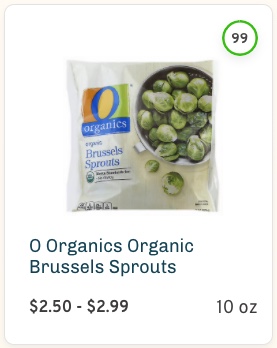
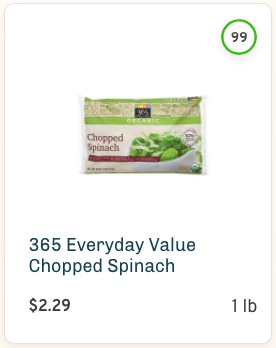
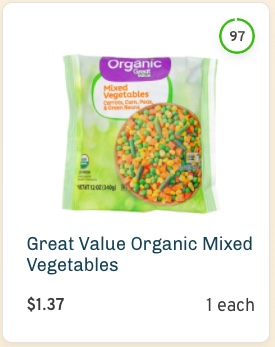
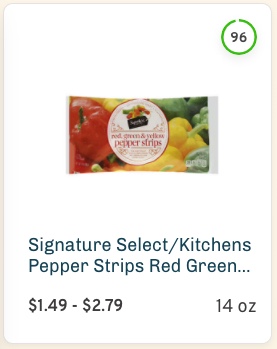
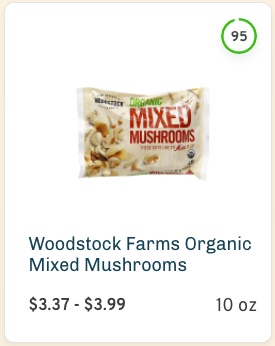
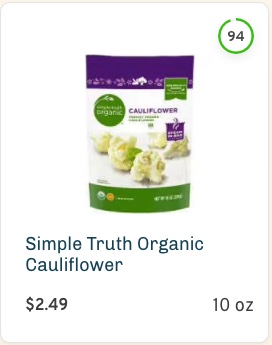
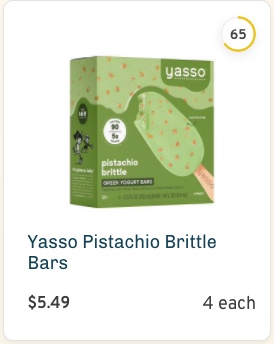
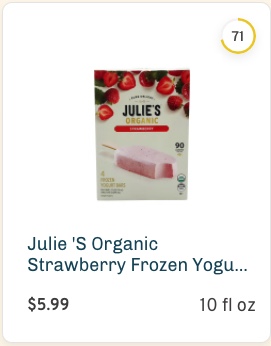
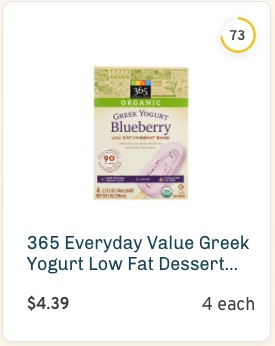
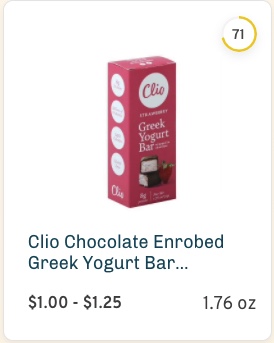
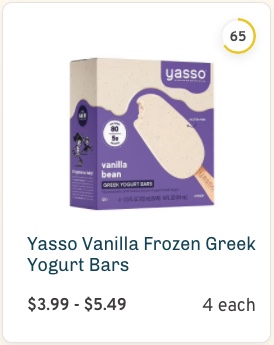
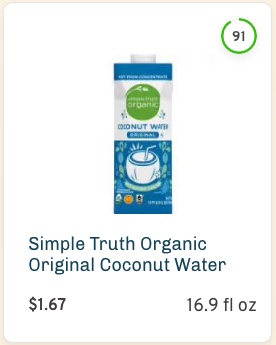

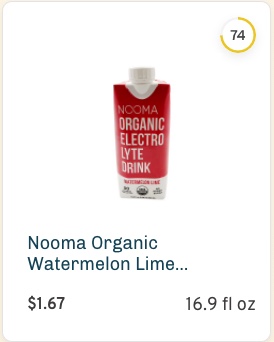
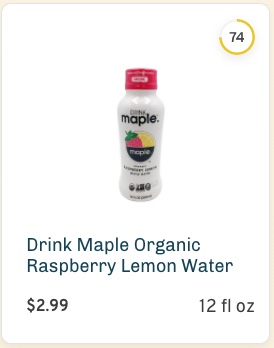
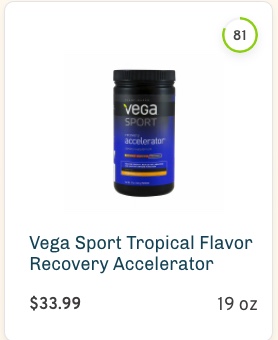
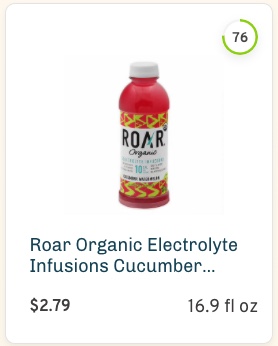

3 Comments
Please don’t think I’m crazy, I’ve just watched too much TWD and had many bad dreams since the pandemic has continued. What would be the best choices if I were to stock pile for a potential end of days situations? MREs rice and honey along with water is all I’ve figured so far. I want things that could potentially last years.
This blog was… how do I say it? Relevant!! Finally I have found something
that helped me. Cheers!
That’s great, I’m so glad you found this article helpful! Are there any other topics you might find helpful for us to write about?
Thanks for your input!